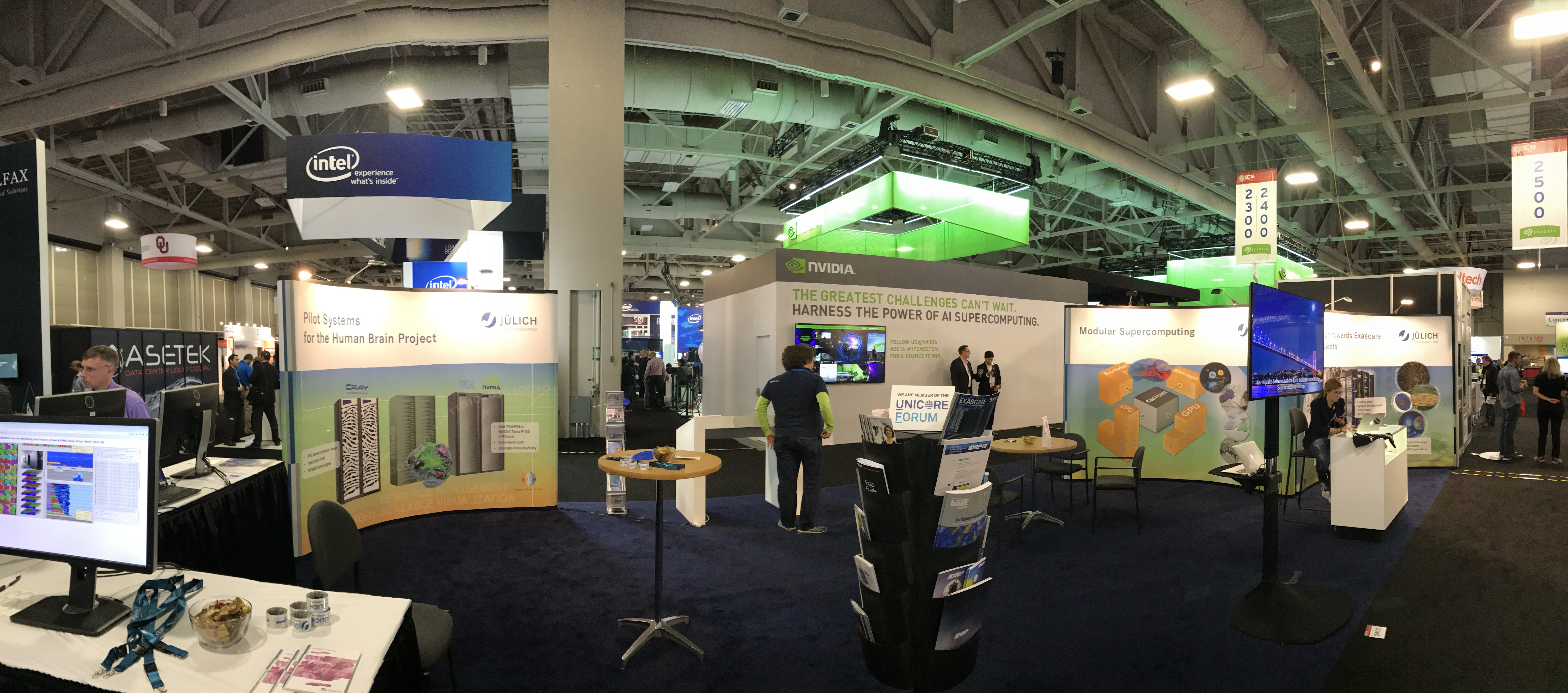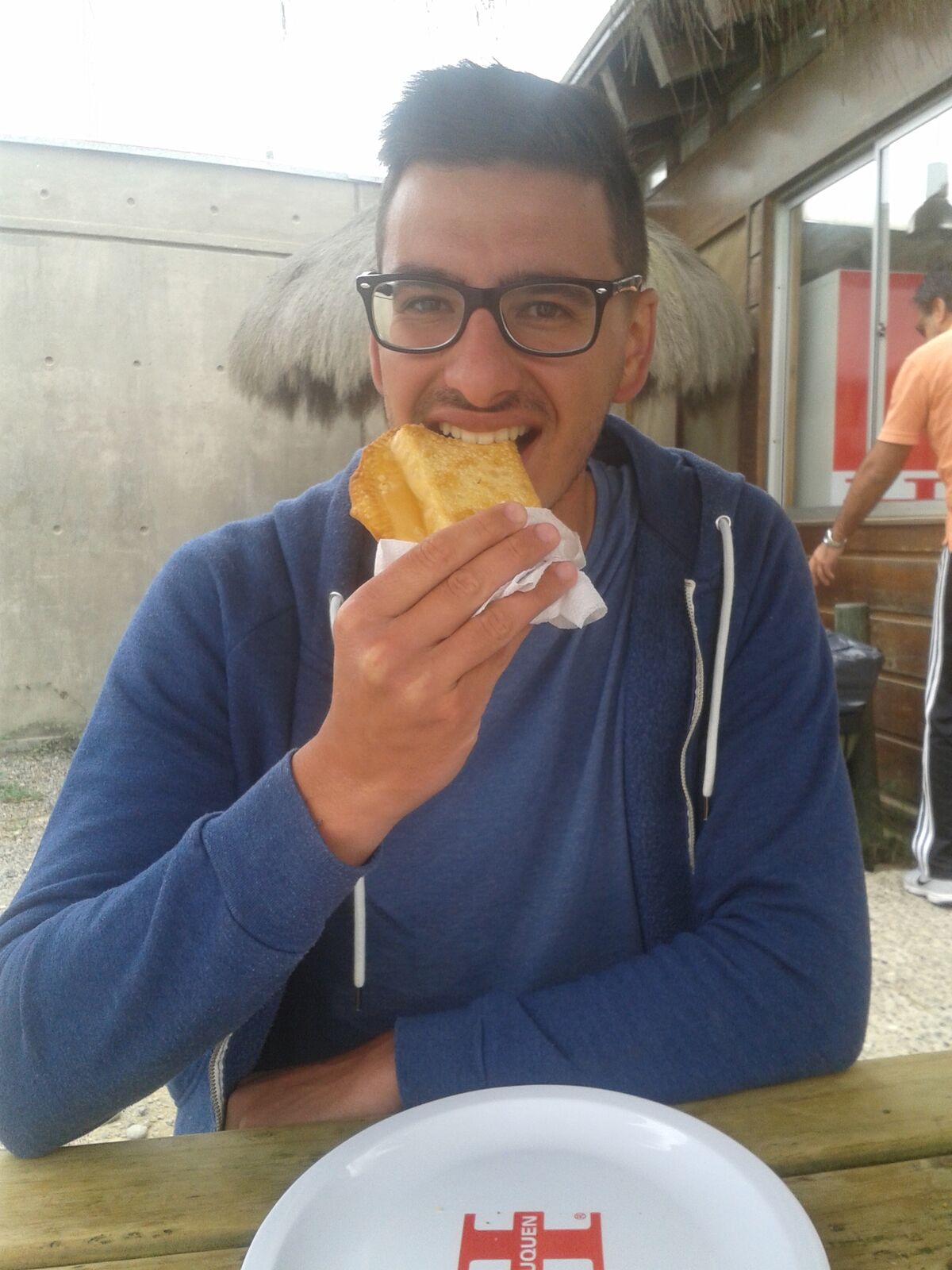Pure studies are simply too theoretical for many people. This is also how Marie felt. Back when she chose her bachelor course, she opted for a dual study programme for applied mathematics and computer science at the Aachen University of Applied Sciences, which included vocational training as a technical software developer at Forschungszentrum Jülich. But it didn’t stop there: she liked the combination of theory and practice so much that she started a position as software developer at the Institute of Energy and Climate Research in addition to her master’s studies. There she is busy gathering data for her current project and investigating how energy management can be made as efficient as possible on the campus of the research centre.
Forschungszentrum Jülich is mourning the passing of Professor Peter Grünberg. The Nobel laureate in physics and scientist of Forschungszentrum Jülich passed away last week in Jülich at the age of 78.

Peter Grünberg (1939 – 2018)
Copyright: Forschungszentrum Jülich
“The news of Peter Grünberg’s passing has filled all of us at Forschungszentrum Jülich with great sadness. Our thoughts are with his family. We have lost an outstanding scientist who set standards worldwide in the field of solid state research. It is no exaggeration to say that Peter Grünberg and his discovery of the giant magnetoresistance effect have dramatically changed all our lives. Without him, modern computers and smartphones as we know them today would be inconceivable. Peter Grünberg was not only an excellent researcher, but above all an esteemed and all-round popular colleague. He remained loyal to Jülich for more than 45 years and we will miss him greatly. Forschungszentrum Jülich will honour his memory, not least through the institute bearing his name – the Peter Grünberg Institute,” said Professor Wolfgang Marquardt, Jülich’s Chairman of the Board of Directors, in a tribute to the Nobel laureate.
We would like to give you the opportunity to share your memories of Peter Grünberg and to offer your condolences on this page.
Please do so by posting a comment.
Please note that your entry might not show on the page at once due to our web policy.
Be it in its role as a natural UV absorbent, climate gas, or health factor – the ozone concentration in the atmosphere is of interest to society for various reasons. For decades, global measuring programmes have investigated how the ozone content changes due to human influence. Ozone sondes attached to weather balloons, which can reach altitudes of 35 km, are still an indispensable source of data. Forschungszentrum Jülich plays an important role in this context: since 1996, it has been running the World Calibration Center for Ozone Sondes (WCCOS). In early November, calibration measurements for the NASA-headed SHADOZ network took place here.
By Igor Dal Bo
I was very excited when I discovered that I was to go from Jülich to Chile for my research. And here I am! I feel privileged at having the opportunity to work surrounded by this amazing natural environment, especially as I have been travelling a lot since I have been here. That’s necessary anyway, since I’m collecting data in four national parks for my research. From the Atacama Desert to the monkey puzzle trees in Nahuelbuta’s pristine forests, the landscape changes at every turn.
Igor Dal Bo with a Chilean empanada Quelle: privat
And what is better after a long work day than enjoying a typical Chilean empanada – a special type of stuffed bread – sitting on the seaside admiring the sunset while listening to the relaxing sound of the ocean waves crashing on the shore? If I get the chance to pay Chile another visit, I will definitely go for it!
Details
Igor Dal Bo is a Doctoral researcher at the Institute of Bio- and Geosciences, Agrosphere (IBG-3). He has been spending five weeks in Chile working within the German-Chilean research initiative “Earthshape”, funded as a priority research programme by the German Research Foundation (DFG). He is investigating weathering profiles using geophysical methods like GPR, EMI, and ERT, aiming to correlate them with geochemical proxies.
Text and pictures by Andreas Herten
 From Friday, 11 November, until Saturday, 19 November, I traveled to Salt Lake City for the Supercomputing Conference (fully: the international conference of high performance computing, networking, storage and analysis, but everyone either calls it the Supercomputing or even only SC16). SC is the largest conference for all things supercomputing (and then some). Every year, it is held in a different city in USA. About 12 000 people visit the conference each year1 – and Jülich Supercomputing Centre (JSC) does so as well.
From Friday, 11 November, until Saturday, 19 November, I traveled to Salt Lake City for the Supercomputing Conference (fully: the international conference of high performance computing, networking, storage and analysis, but everyone either calls it the Supercomputing or even only SC16). SC is the largest conference for all things supercomputing (and then some). Every year, it is held in a different city in USA. About 12 000 people visit the conference each year1 – and Jülich Supercomputing Centre (JSC) does so as well.
Actually, Jülich’s involvement is two-fold (at least).

First off, JSC always has a booth on the exhibits floor. The floor hosts a large exhibition in which different vendors from industry, universities, academic institutions, and other supercomputing-related projects showcase their offerings. Being a long-time attendee and one of the largest supercomputing centres in Europe, JSC has quite a prominent booth, which it shares with RWTH Aachen and the DEEP project this year. We present our supercomputing systems, current research and projects, and tools we develop. For instance LLview, a tool to visualize the load of our supercomputers. Also, our new Human Brain Project PCP systems have a display wall.
Quantum mechanics is one of the central pillars of modern physics. This mathematically complex theory which allows the properties and laws of matter to be described is, however, rather to understand intuitively. Generations of young scientists have approached this difficult concept with the help of double-slit experiments that clearly demonstrate wave – particle duality. Two new videos from the Jülich Centre for Neutron Science (JCNS) offer a practical alternative to this.
The videos clarify fundamental aspects of quantum mechanics using neutron scattering experiments from research undertaken at the Jülich institute. The videos are around 5 and 4 minutes in length respectively, and are appropriate for use in an introductory lecture course in quantum mechanics or for self-study purposes.
Video 1: quantization, quantum phase transitions and scattering at lattices
Quelle: Forschungszentrum Jülich/TRICKLABOR
Jülich Blogs is the blog platform of Forschungszentrum Jülich, one of the largest research centres in Europe. In addition to the company website, which provides information in a neutral manner at www.fz-juelich.de, our blog entries are full of colourful and enthusiastic first-hand information: scientists, PhD students, and employees of Forschungszentrum Jülich write about their work as well as challenges and successes in their laboratories, and grant personal insights to Jülich research.


